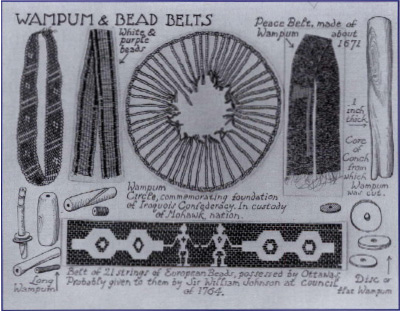
Frequent Iroquois raids continued to threaten the early existence of Ville-Marie, but there were attempts at peace, usually with prisoner exchanges.
During one brief truce, four new orphans were put under Jeanne’s care. Among them were two young girls, Isabelle and Marie Moyen. They had seen their parents killed in a raid before being taken themselves. Women and children prisoners were often “adopted” by Natives after battles. Not only did it comfort already bereaved members of the tribe, it helped keep their population from declining, especially after losing many to epidemics.
Although she never had children of her own, Jeanne quickly earned a reputation as the “mother of the colony”. Not only was she named as godmother to babies more than forty times during her life, but she willingly took in anyone, adult or child, who needed help.
Fourteen marriages were registered in 1655, the same year Isabelle and Marie Moyen came to Jeanne. Like most girls in New France, the sisters eventually married and had children. At the age of sixteen, Isabelle wed a man twenty-three years her senior. Years later, Jeanne became godmother to Marie Moyen’s baby.
The First Peoples used the wampum belt as a promise symbol. Made from the inner part of shells, each bead colour and row had a special meaning. The Treaty Belt had two rows of purple beads, one for each party, separated by three rows of white beads representing peace, a good mind and empowerment.
